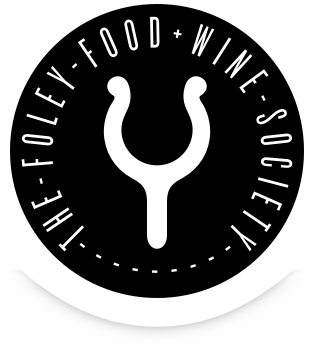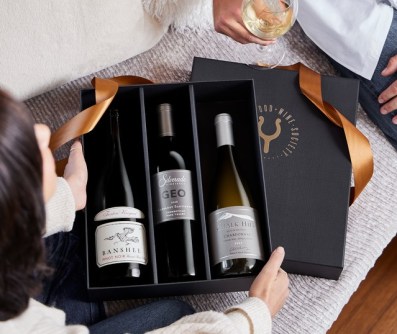If you’re curious to know just how much activity is going on in the vineyards this month, take a look at the picture above. The image on the left is how “big” the grapes were in June. Just one month later, they are practically full-grown and in the early stages of véraison, the French term for the beginning of the ripening process. The tiny green grapes pictured on the right are Cabernet Clone 337 growing in Alexander Valley—destined for our Roth Cabernet.
Kara Maraden, Director of Viticulture at Foley Family Wines, has been more than a bit busy since we checked in with her in June. “All of our crop estimates are due before the end of the week,” she tells us, which means that she’ll be darting from vineyard to vineyard in California, then traveling to Oregon to do the same, while monitoring the weather, which is calling for some heat spikes.
In the interview below, Maraden explains exactly what is happening in the vineyards in the month of July.
Q: Let’s talk about véraison. What does it mean and when does it begin in the vineyards?
Kara Maraden (KM): Veraison officially refers to when red grapes start to develop color but it has been adopted in the States to mean the onset of ripening in general. In white grape varieties (and red) you can tell the onset of ripening when the berries begin to soften. We can expect Veraison to begin in July, in fact any day now. We are on the lookout for that color change and that berry softening. We will now have the stage of development where acidity is decreasing and sugars and phenols are being synthesized in the berries.
Q: What aspects of vine management are you mostly involved in during the month of July?
KM: In July, we are concerned with crop loads and keeping our canopies open for sunlight and air movement. We want to manage crop load in order to ensure each vine has the capacity to fully ripen its fruit. We hope that our vines are in balance already and have reached the bunch closure stage and now is when we will do some fruit thinning to get rid of clusters on weak shoots and clusters that may be clumped together. We do this to lessen the possibility of disease development in those clusters. We are also always on the lookout for powdery mildew which is probably our biggest annual pest problem in California.
Q: How is the fruit-set looking overall across the properties you farm?
KM: Fruit set looks very good this year. There were some problems in some regions with shatter (berries that never developed seeds and died off) due to the rains we had in May, but overall the crop looks good in all of our vineyards.
Q: Finally, enough about farming. What do you like to drink (wine-wise) when you’re at home and relaxing after a long day working in the vineyards?
KM: My favorite everyday wines are really anything low alcohol, and acid-driven. I’m currently enjoying several French whites from the Aligoté grape, as well as Sonoma County Grenache.
Check back in the next month for another update from the vineyards. In the meantime, here is another article we recommend reading: The Vintner’s Calendar: July.




